With the death of Pope Francis on Monday, the process to choose a new pope will begin after a period of mourning and Francis’ funeral Mass at the Vatican. The group that will select a new pope is the College of Cardinals.
What is a cardinal of the Catholic Church?
A cardinal is appointed by the pope. They are all considered advisers to the pope and must be bishops. Many of them are archbishops of large urban archdioceses around the world. Some of them are members of the Roman Curia who lead and administer major departments (called dicasteries) of the Catholic Church. A select few cardinals may be prominent clerics the pope wishes to honor. The majority of cardinals vote in papal conclaves to elect the new pope, but there are also numerous non-voting cardinals. Once a cardinal reaches 80 years of age, he may no longer vote in a papal conclave. At last count there were 252 cardinals, of whom 135 were eligible to vote in a papal conclave (though there is no definitive public list of cardinal electors).
What is the origin of the College of Cardinals?
The College of Cardinals traces its origins to the early centuries of the Catholic Church in Rome, evolving into its current form under Pope Nicholas II in 1059. Initially serving as key advisers to the pope, the cardinals’ role expanded significantly as the papacy sought to consolidate its authority and regulate administration of the Catholic Church. Cardinals became the primary electors of the pope, ensuring continuity and ecclesiastical autonomy from secular rulers who often sought to influence and control the great authority of the church for their own ends. The red color of cardinals’ vestments symbolizes their willingness to defend the faith even to the point of shedding their blood as martyrs.
The collective influence of the cardinals shapes Catholic doctrine, global church policy, and diplomacy—which often positions them as intermediaries between the Vatican, national governments, and other large national and international institutions. In modern times, popes have sought to internationalize the College of Cardinals, appointing more cardinals from regions in the Americas, Africa, and Asia. There are currently 17 cardinals from the United States. While their spiritual authority is considerable, their authority and influence within the church fluctuates depending on the reigning pontiff and the particular responsibilities of each cardinal. Ultimately, the role of a cardinal embodies both the sacred and administrative dimensions of church governance. The role reflects a delicate balance between faith, tradition, contemporary issues, politics, finance, and the practical issues of administering a global church of 1.4 billion Catholics.
What is a papal conclave?
The papal conclave is the solemn and secretive process of electing a pope. It unfolds within the Sistine Chapel in Rome under strict protocols designed to ensure confidentiality and spiritual discernment. Following the death or resignation of a pope, the College of Cardinals convenes in Rome, spending days in pre-conclave meetings known as general congregations, in which they discuss the state of the church and potential candidates. Once inside the Sistine Chapel to vote, the doors are locked, and security sweeps try to ensure there is no external communication with the outside world. Cardinals cast their votes in multiple rounds per day, writing their chosen name on a ballot—which is then counted, verified, recorded, and burned. To be elected, a candidate must receive a two-thirds majority—a safeguard against factionalism, hasty decisions, and to ensure the new pope has a super-majority of the support of the cardinals. One of the most well-known elements of a papal conclave is the smoke that emerges from the chapel chimney after a vote. The smoke color signals the outcome: black for an inconclusive vote, white for the successful election of a pope.
The new pope is nearly always someone from the College of Cardinals itself, but that is not a requirement. Canonically, he must be a baptized male Catholic who has the capacity to accept his election as pope. Once elected, the new pope is asked if he accepts the position. When he accepts, he is then asked by what name he wishes to be called—putting behind him his old name and identity. The newly elected and named pontiff then steps out onto the central balcony of St. Peter’s Basilica to deliver his first blessing, Urbi et Orbi—to the city and the world.
When was the last papal conclave?
The 2013 conclave following Pope Benedict XVI’s historic resignation was one of the shortest in modern history, lasting only two days and five ballots. It convened 115 cardinals from across the globe, reflecting the increasingly international character of the church’s leadership. Consensus quickly coalesced around Jorge Mario Bergoglio, an Argentine cardinal known for his personal humility and pastoral approach. His election was marked by a desire for reform, particularly in response to scandals involving financial mismanagement and clerical sexual abuse. Upon accepting the role, Bergoglio took the name Francis, signaling his commitment to simplicity in the spirit of St. Francis of Assisi. His election was groundbreaking: He was the first Jesuit ever elected pope, and the first non-European pontiff of the Catholic Church in more than 1,200 years.
Those who think a papal conclave is primarily about politics (or is predictable) should remember that a College of Cardinals made up entirely of men elevated there over the span of 35 years by Pope John Paul II and Pope Benedict XVI (considered by most to both be traditionalists) was the same College of Cardinals that elected Pope Francis, a pope beloved by progressive Catholics and non-Catholics alike.
What will the next papal conclave be like?
The next papal conclave will be shaped by the pressing challenges facing the church and by some of the ideological divisions within the College of Cardinals. Key issues may include the ongoing pressures of modern views of human sexuality, the future of deeply troubled Vatican financial reforms, the oppression of Christians in various countries of the world, the decline of the Catholic Church in Europe and the Americas, and the tremendous growth of the Catholic Church in Africa and Asia. The cardinals will face decisions between continuity and change, determining whether to elect a pope who will advance Francis’ agenda, one who will implement a more traditional interpretation of church doctrine and practice, or one who might take the Catholic Church in a new, unforeseen direction.
Front-runners (also called papabile) may include: Cardinal Pietro Parolin, the Vatican’s powerful secretary of state; Cardinal Robert Sarah, considered a traditionalist from Africa; Cardinal Luis Antonio Tagle of the Philippines, a strong supporter of Pope Francis; and Cardinal Matteo Zuppi of Italy. The age of papal candidates is often of great interest. Pope John Paul II was 58 years old when elected and served for 26 years. Pope Benedict XVI was already 78 and unexpectedly retired as pope just eight years later. But past prognostications and predictions going into papal elections have rarely reflected the issues in the conclave that actually produced the new pope (266 popes in all). There is a saying in the Vatican about papabile: “He who enters the conclave as pope, leaves it as a cardinal.”
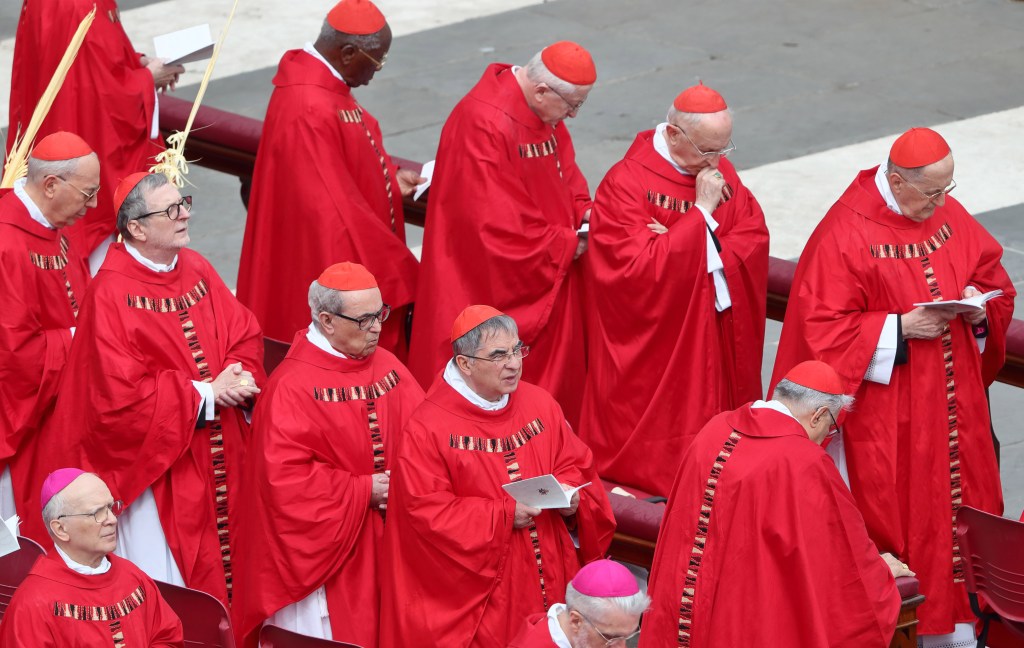
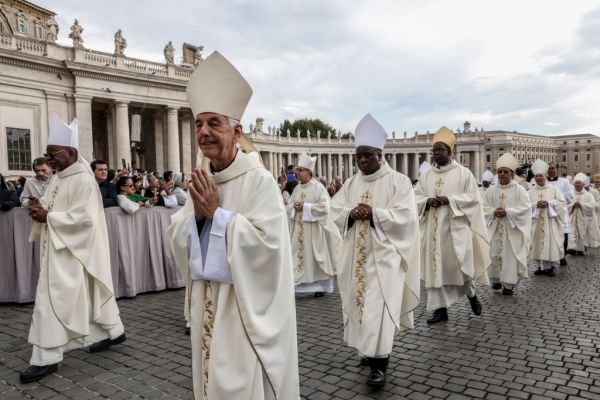
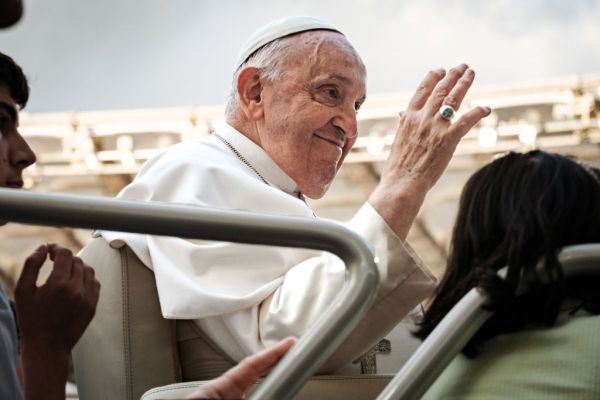
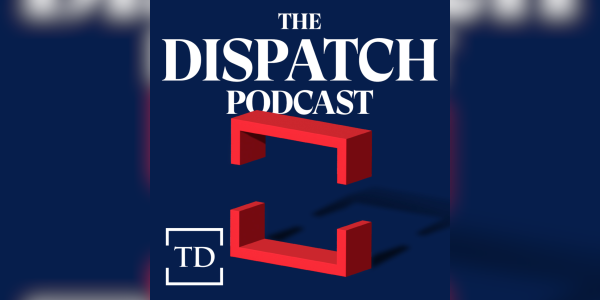
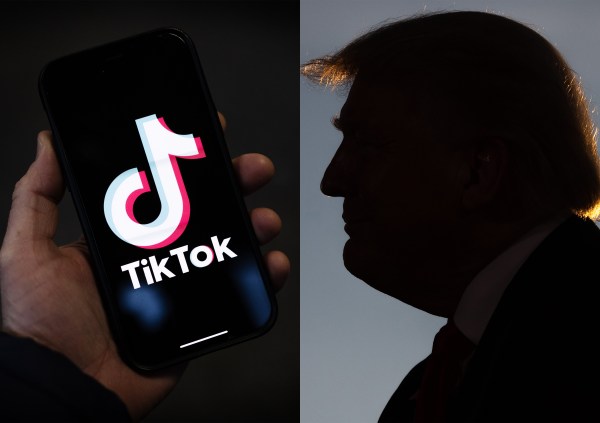
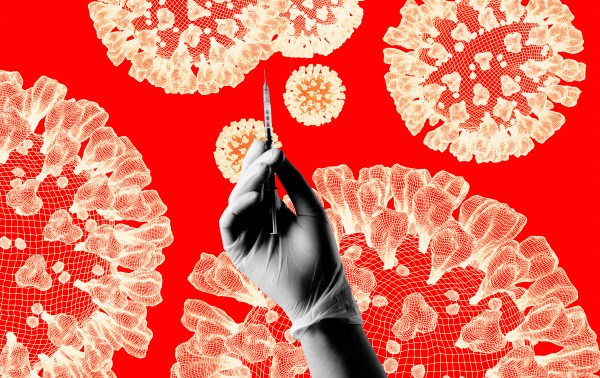
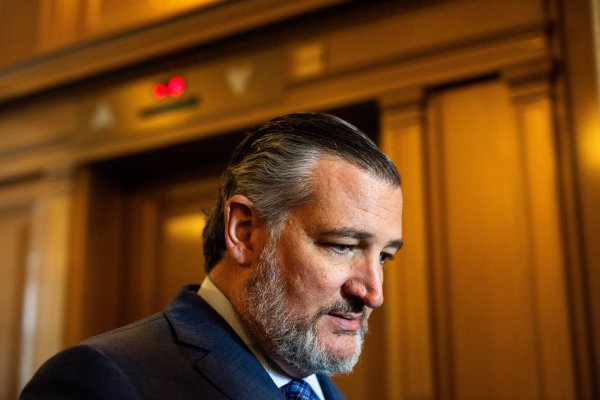

Please note that we at The Dispatch hold ourselves, our work, and our commenters to a higher standard than other places on the internet. We welcome comments that foster genuine debate or discussion—including comments critical of us or our work—but responses that include ad hominem attacks on fellow Dispatch members or are intended to stoke fear and anger may be moderated.
With your membership, you only have the ability to comment on The Morning Dispatch articles. Consider upgrading to join the conversation everywhere.